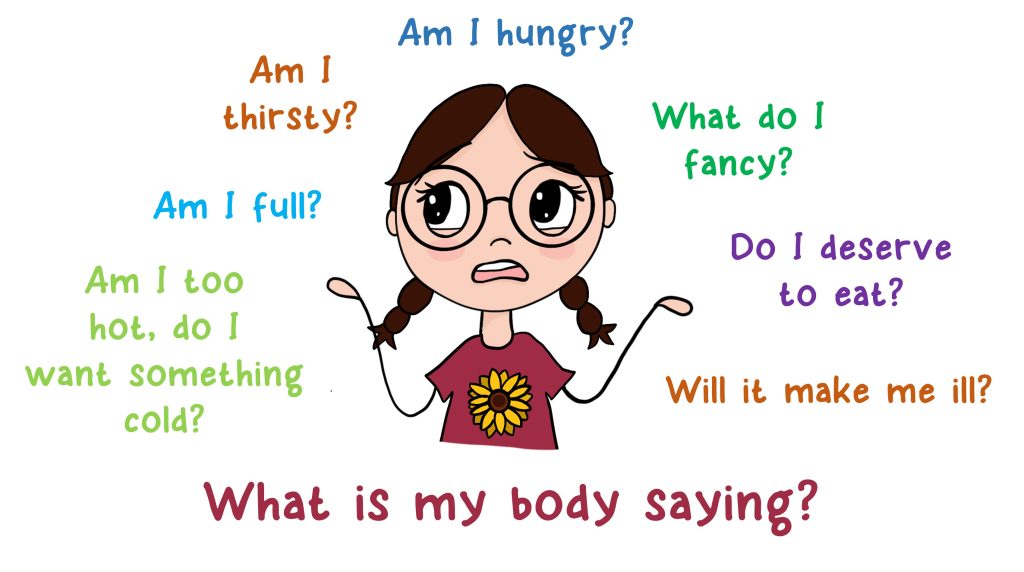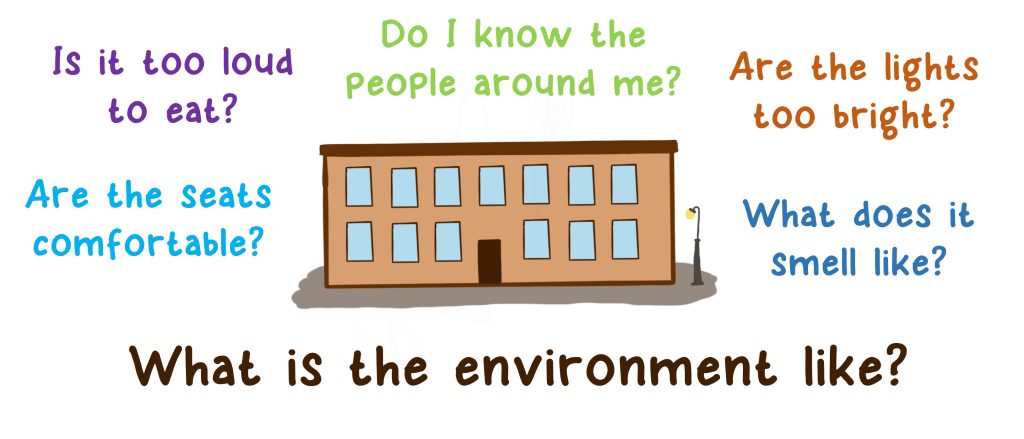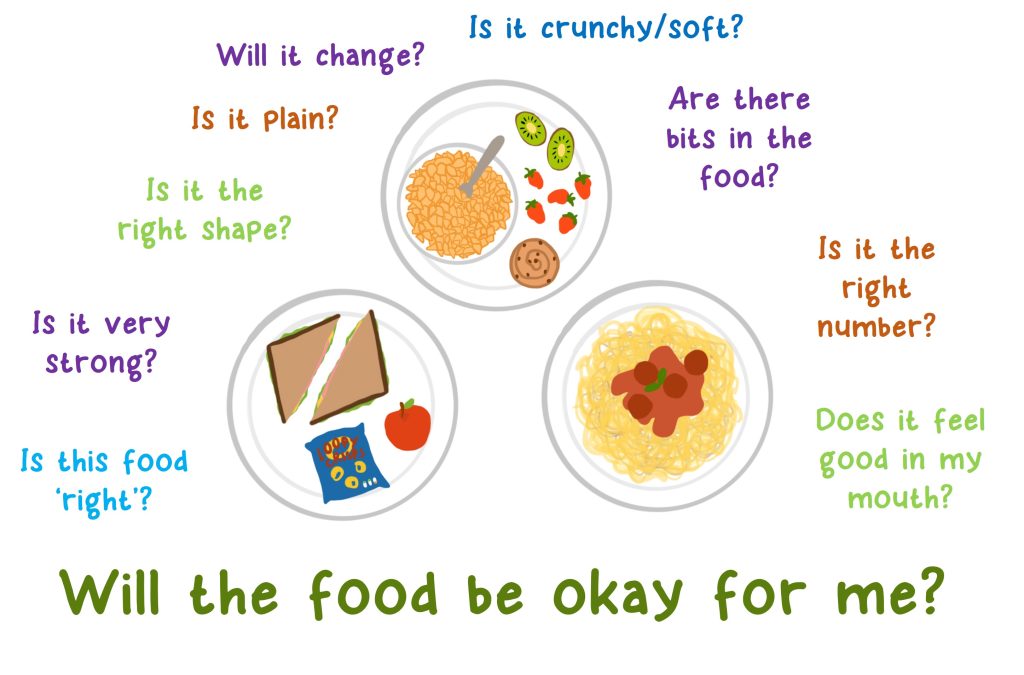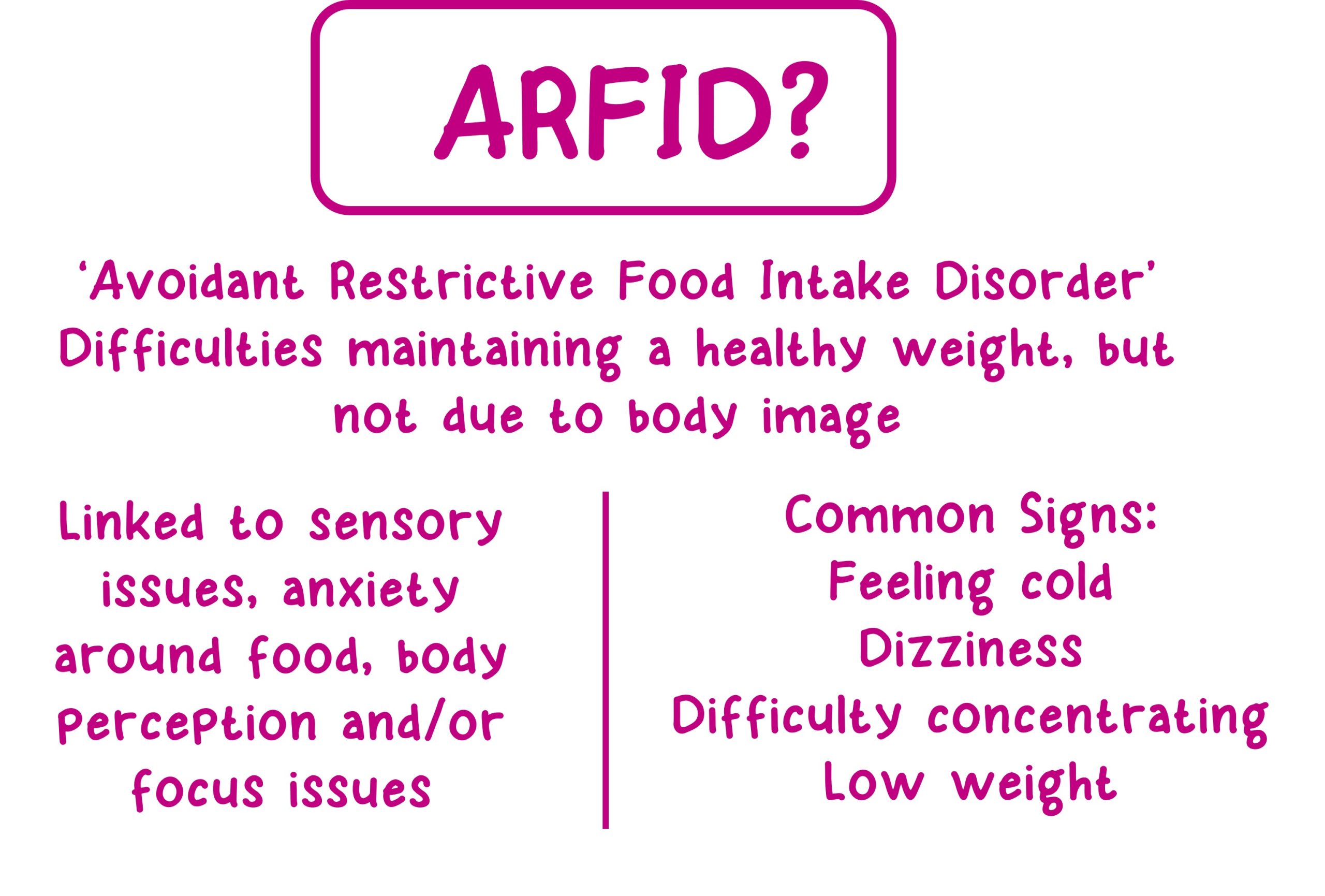Having introduced autism in my last post, I kind of thought it would be good to look at arfid, which is probably an even less familiar term! So, what is ARFID?
ARFID stands for ‘Avoidant Restrictive Food Intake Disorder’, and was introduced to the 5th edition of the Diagnostic and Statistical Manual of Mental Disorders in 2013. The DSM is published by the American Psychiatric Association, and used worldwide, but in European countries the ICD, or ‘International Classification of Diseases’, is favoured. The ICD is published by the World Health Organisation. At the World Health Assembly in May 2019, the ICD-11 was presented, and came into effect January this year (2022) – it was in this edition we finally saw ‘ARFID’.
Because of this, many doctors, psychiatrists, nurses, and other healthcare professionals, are currently unaware of the term. It’s definitely a disorder that needs a lot more research and study, as well as awareness raised, for people to fully understand, and for treatment to be better developed.
History aside, what actually is it?
Simply put, it’s an inability or difficulty to maintain a healthy weight, but not due to body image concerns. It can be linked to sensory issues, anxiety around food, body perception (introception), and/or struggles with focusing.
Some common physical signs of ARFID include significant weight loss, serious nutritional deficiencies, dry skin and nails, feeling cold, dizziness, losing menstrual periods (if female), lanugo (downy hair over body), muscle weakness, and difficulties concentrating.
Right now, it’s believed that ARFID affects about 1 in 500 people. It’s more common for autistic individuals, because a lot of the difficulties overlap with characteristics of neurodiversity!
I have grouped some examples of these difficulties into three sets:

1. Difficulties understanding body signals (body perception/introception). The inability to detect when hungry or thirsty can lead individuals to simply forgetting to eat, particularly if they are busy or focused on a project or task (many autistic individuals ‘hyperfocus’ on their special interests). It can also lead to extreme overeating, particularly if something provokes a good sensory response. I have memories of eating three whole heads of broccoli when I was young because I liked the taste and because my nan was praising for me for eating my vegetables (so it felt like the right thing to do), and then throwing up as I’d just eaten far too much of it. I also remember eating 9 bowls of cereal in one go, because I liked the taste, and a similar thing happening. These occurences led me to develop a fear of overeating and to feel the need to create rules around how much I ate, which is a big part of my eating disorder. My inability to detect hunger has also meant losing weight has always come quite easily to me. In recent years I’ve struggled with feeling like I deserve to eat, and because I don’t get hungry, it is very easy for me to avoid eating all day when I don’t feel like I’ve worked hard enough or been productive enough.

2. Difficulties with the sensory environment. Having the right environment that makes one feel comfortable can really affect whether or not someone feels able to eat and keep food down. Some environments can be too loud or distracting, or the seats may be too hard, or sticky. It may have an odd smell, or simply be too unfamiliar, or too rushed, for someone with ARFID to eat. I, personally, cannot eat when I am too cold, or when I can’t think because the music or background noise is so loud and overwhelming. When I was younger I would occasionally miss meals because of this, leading to weight loss.

3. Difficulties with the food itself, in terms of senses, and otherwise. This is probably the biggest group. ‘The beige diet’ is a common way of describing the very plain/bland range of foods commonly associated with autistic individuals, and is definitely something I relate to! As a child I was very, very limited in what I would eat – I grew up mostly on cereal, plain biscuits or cake, plain bread, fishfingers, bananas, sweetcorn, and omelettes. Not only were these foods all very unflavourful (as someone who is hypersensitive in terms of taste, it was easy for flavours to overwhelm me), but they were also all yellow, which was one of my favourite colours. Its often overlooked, but the sensory experience of food doesn’t just relate to flavours – it also relates to food texture, food smell, and the visual aspect. The way the food is presented or positioned on the plate, or it’s packaging, can be the difference between it being okay to eat, or incredibly anxiety provoking and possibly just too difficult to eat. For me, I always cut my sandwiches into the golden ratio, and I need my plate to look right to feel comfortable. A mushy pear or ripe melon can make me feel sick and put me off eating for days. Similarly, if I eat something too strong in flavour, I may struggle to get the flavour ‘out of me’, and I’ll struggle to find things plain enough to eat for some time.
In addition, one may feel anxieties over a food making them ill, or about the choice of food being right or good, or fair. This can lead to obsessions with certain foods, or numbers of foods, or colours of food. I feel much better if I can cut my food four times, because four (and six and twelve) are my magic numbers.
Wow – that was a lot! And it’s true – it is a lot, because ARFID does encompass a wide range of struggles (it is an ‘umbrella term’). However, what I think is most improtant is that we acknowledge that the fears and difficulties that make up ARFID are much more deepset and impactful than merely being ‘fussy’. It is much more than just ‘very picky eating’.
(An extra note from me: my ARFID difficulties have become a big part of my life, but I am hopeful that I will be able to recover somewhat, and learn to manage them better. I am very lucky to be working with a mental health team who have realised my eating disorder is not the anorexia I was previously diagnosed with, and who are adapting my treatment accordingly. I might not right now have all the answers, but I hope this helps you, if you also face these difficulties, know you are not alone – and if you do have any tips or experiences to share, please get in touch! I’d like to in the future explain a bit about the strategies I’ve developed so far, to help me cope – if you’d be interested in this, please do also let me know!)

Leave a Reply